Vivienne’s Diary – March
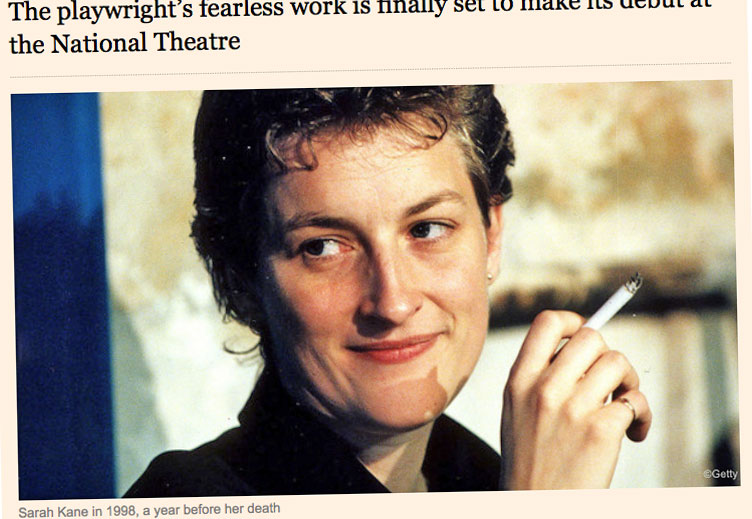
I am putting up (going back to) my Diary for March (Diary for April is up) but it’s now mid-May and I have just returned from visits to universities of Derby (9th May) and Manchester (10th May).
I talked to the students about joining Intellectuals Unite – we’re building a movement and it’s important that the lecturers are on board. The idea is to self-educate and join demonstrations: protest about the need for a green economy and to stop climate change, in opposition to government policy which is pro the old fossil fuel economy and designed to create poverty and climate change. Also we want to cultivate ourselves in order to become better human beings. Reclaim the culture, culture instead of consumption and waste.
Historically, respect for thinkers has been a world of creativity and evolution of civilization. By contrast the world we live in now is one of downward transcendence to the point that we are likely to kill ourselves.
As we build you will be able to go down to your local uni and join in the discussions, or you can build your own groups. There are now 6 groups already operating and students visit each other’s meetings. There is a magazine and guest-speakers will come. Lauren from the Junior Doctors spoke at London School of Fashion.
I propose by way of an anchor, to sustain the movement, that you read this Diary: You could regularly read it aloud and discuss it at meetings. The reason is that it gives a view of the world that you won’t find easily elsewhere because I try to give an overview, a complete picture – everything is connected. The March and April Diaries make this clear because they are each short essays with the kind of detail that links to anything you are interested in.
To join Intellectuals Unite you have to do two things, self-educate and demonstrate when you can.
Sat Mar 5 / Paris: Andreas presented our top fashion which he designs in the main, under his own name Andreas Kronthaler for Vivienne Westwood. We are trying to make ours into a model company and this is a way of clarifying what we do. (Next season Red Label becomes Vivienne Westwood mainline). It was great, this was my favourite outfit which I call “Medea”. She was a barbaric princess who helped Jason steal the Golden Fleece and later killed their two sons when he married another woman. See the amazing film with Maria Callas by Pasolini.
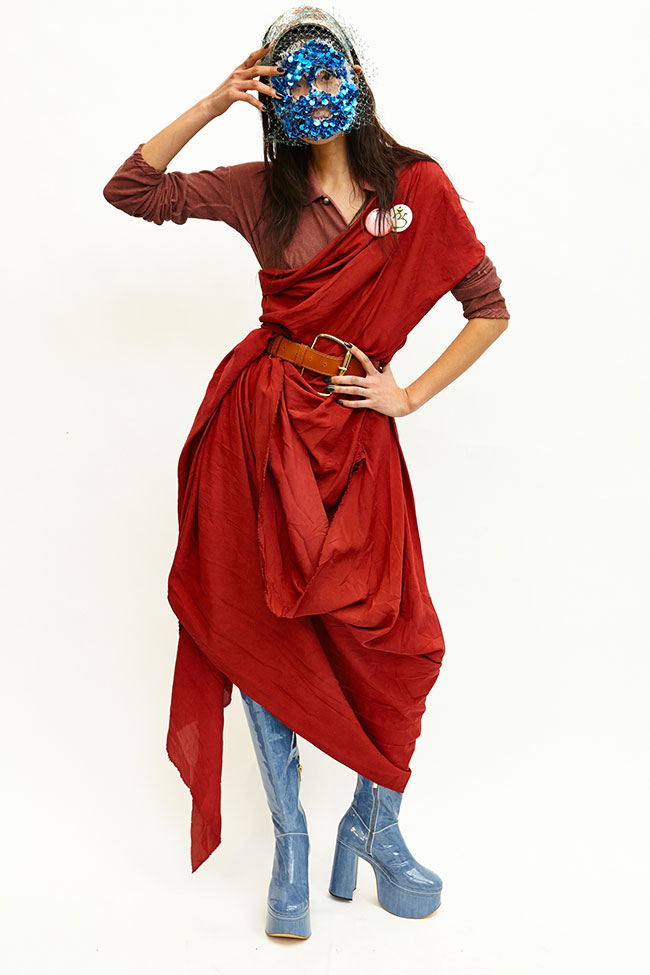

A-W 16/17 Press Release
This Collection Sexercise is a summary of what happened over the last few months. I built it as I went along. Sharon triggered my first impression. She has been Vivienne’s friend for years. She was her assistant at the time of Buffalo Girls and then she became a Buddhist nun. She visits us at Christmas. She was coming down the stairs when I realised that she had been sewing and dying one or two new garments and accessories for her London visit. I said, “oh Sharon!” and she went red. I laughed, I was so amused to think that after all these years of meditation you never lose your vanity. I’m very drawn to her and what she’s doing. I love her clothes and the glow of colour – which is very much present in the collection. The invitation is the cover she doodled on, of an exercise book she used to send Vivienne a long letter. She is a born writer. Another experience – a once in a lifetime experience –was when I went home to help move my father from the family house to something smaller. An enormous task – under the roof- all these clothes from my mother- she had many of them made. Jewellery. Clothes for special occasions, festivals, my school records and books, my sports clothes. Since the 60’s! Bags and bags of bin-liners, for 3 days. I disposed of them only with the help of my nephew, Gregor. Memories. What I threw away!
Bruegel. Vivienne is reading Rabelais and he is the literary equivalent of Bruegel’s visual regarding their interest in country customs and festivals. I was particularly attracted to the colours in Bruegel’s painting of a wedding feast with serving men handing out bowls of soup which they carry on an unhinged door by way of a giant tray. I was meticulously checking the colours of my fabrics to make sure they were correct according to the painting. I was also led to Bruegel via Hieronymus Bosch whose 500 year anniversary it is. My friend Iris who helped with pattern cutting brought the Christmas tree costume she made for her younger son, Hatto, and we made it into a dress.
I want to thank and to dedicate this collection to all the people who helped and supported me, and my friends who inspire me and especially Vivienne.
Rather than write up all important events I’m going to take time now to write in detail about two events which are connected.
Easter we were invited to the Barbican by Isabella Gardiner.
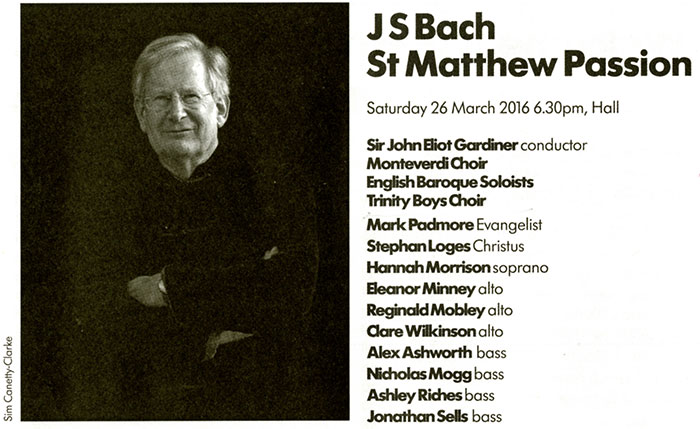
I am glad I was brought up to believe in God. Our life centred round the village church (and school); the sense of community, the rituals and the singing, feeling of being at one with oneself and with the world (spiritual cleansing).
I was religious until age 23, after that, not; though I agree that one’s spirit or soul is a fact of experience. There is no historical proof that Jesus lived, though I think he did. I like to hang onto the Christian concept of God: made in our image (or vice-versa), a symbol of our perfection; the idea that by becoming more human we can evolve into better creatures.
When I look at paintings I treat the story of Jesus as a human story – leave the religion out of it: a story of cruelty, suffering and love.
One day I went to the St John Passion. I’ve said it before, I flew. The music carried me away. I’ve been many times since, also to the St Matthew Passion.
The latter is longer with a large choir. The arias are soul-wrenching and full of guilt.

It was a triumphant and perfect performance. Yet afterwards whilst we were having a drink, John Eliot came up to me and I said, “The Matthew Passion is more sick than the St. John.” That was rude of me and he came right back, “No it’s not!”
I’d like to explain. Leading up to my rejection of the Christian religion we protestants had found the Catholic religion morbid and kitsch – flaming medical hearts, blood, agony, bones, God on a cloud. (Scary, it made me think of the Spanish inquisition) But then I began to think that all Christian religion was sick. That’s what turned me off, and it came crashing down like a house of cards. The Bible says:
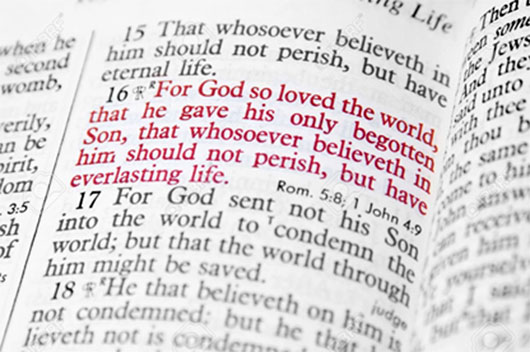
Rubbish! If God wanted to save the world, why didn’t he just do it if he could? No need to torture and kill his son. I expect the implication is that we must suffer too if we want everlasting life.
Yes, I do think the Christian religion is rooted in morbid superstition and causes a confusion of unhealthy emotion: a mixture of love and guilt.
By killing Jesus we become cleansed of sin. He is the chosen sacrificial victim, the redeemer king, who dies for the love of us, so that we might be forgiven. We perform the necessary magic by having killed him; we now eat his body and drink his blood so that we may have eternal life. He led the way.
Religion comes from magic ritual. Lord Raglan, in his small book, Jocasta’s Crime, tells us that myths are the stories that accompany the ritual – the myth tells them how to perform the rite properly – and which are still passed down the generations when the ritual is forgotten.
He refers to the diffusion of culture: an invention (e.g. stone axes) occurred in one place only and passed slowly over the years from one tribe to another (It was usually traded). In the same way this happened with magic ritual.
The same rituals passed all over the world and some of them must have done so as far back as when the continents were connected. That is why the myths of the world tell the same story. By comparing these myths Raglan makes a guess at the most recent of the original rituals: a magic circle was made and a microcosm constructed within it. The microcosm would influence the macrocosm (sympathetic magic) so that the big world next year would come to life after winter.
A trench was dug to enclose a patch of ground in the middle of which was a tree. A youth and young woman were hidden in the branches of the tree. A man (the king) was killed, his eyes were placed in the tree – they were the sun and moon, and his brains were the clouds. His body was dismembered and used to build the new world, his bones became the mountains, etc. With blood and earth, a clay was made and moulded round two rib bones into small figures of a man and a woman and breathed upon so that they came to life when the boy and girl came down from the tree. They were now the new king and queen and they were the children of the old king because they were made out of his body; they fucked. (This is how Raglan explains why the kings and queens of Egypt had to be brother and sister and incest became taboo for the rest of people because if the wrong people performed part of a magic ritual the spell would be broken.) The people ate the heart (the wedding cake.) The new king is killed at the end of the year. I work out that this gives you a sky god (somebody who fills all space, so big that he can make a world and renew it by means of a sacrificial victim.)
The myth of course belongs to the Jewish religion – Adam and Eve, the tree and the snake (carnal knowledge). They are still waiting the Messiah. The Christian religion began as a Jewish sect.
In the days after the Passion I was still thinking of a play I had seen on Saturday 12th March because they each left me with some of the same feelings. My friend Susan came to stay the weekend and we saw Cleansed by Sarah Kane at the National Theatre.
The play is full of violence. I was worried about that, especially that somebody was going to have his tongue cut out with a pair of scissors. It happened early on. Was that it? Thank God for that! I can cope. It was all done matter of fact. The victim didn’t scream.
Patients/Victims, sometimes hands tied, or gagged (or wheeled past -lying on operating trolleys) were bundled around or pushed down into chairs. Black-clad orderlies; head covered by thick black stocking, black suit, rubber gloves, bare feet, passed back and forth on their way across the stage handling victims or transporting surgical instruments and dishes.
Two men were pushed into chairs seated at a small table and supervised whilst they argued over their commitment to each other. They promised as did the lovers in Orwell’s 1984 never to betray, whatever happened. One man said “I love you”. He was the one who had his tongue cut out.
This was the longest piece of dialogue; there was hardly any other. A thrum-thrum of music and beat was continuous except a few times when a pop song was broadcast, when someone would dance madly and fling his or her arms like a windmill. Everything was stage direction. Now and again a striptease dancer was wheeled on in a portable shower for the benefit of the man who seemed to run things, to wank. She came out of the shower box and said she loved him and he hated her.
Though he seemed to run things he often pressed a buzzer on the wall but nothing happened and the orderlies continued on their way, ignoring him.
I am going to go back to the beginning now and say that everyone had bare feet except a woman in a red dress and red heels (red dress like Julia in 1984). She was the plot. She seemed to have wandered in, she mentioned that she was looking for her brother, but everybody ignored her. The actor with no tongue was probably her brother. She commanded him “Dress” and they changed clothes. Every single actor had a bandage round their naked waist and she never bothered to fasten her shirt; breasts hanging out, you got used to nakedness. From then on I cared a lot about the boy in the red dress, so skinny and elegant. He seemed free to come and go. He once came back with two carrier bags with chocolates which he was forced to eat. (Interesting: at one point he tried to eat them as fast as he could until he was sick; matter of fact attitude, he had to clean it up.)
They all accepted the continuous acts of violence. It reminded me of what an ex-prisoner of Guantanamo once said: he felt so guilty for being free when his friends were still in there being tortured that he wanted to go back and share in the pain.
At the end a man was pushed in lying on a trolley with a bloody swab on his crutch, then she came in sitting up on a trolley, naked. When she got down she had a penis. He must have been her brother. She seemed bewildered. Somebody said, “It’s what you wanted.” Did she want to be her brother or just somebody else?
When the rhythm stopped the play stopped.
You realised that there are only seven actors, everyone was doubling up, they must have put on their black suits every time they left the stage – to rush back. Useful, just to have bare feet.
Why did these two events, the play and the Passion leave me thinking they were linked?
The St. Matthew does leave you feeling cleansed: a hypnotic rhythm underlies the soaring music and when it’s over you feel complete and elated and conscious of your breathing. With Sara, the ethos of the play was sadomasochistic to the point of death. One character knowingly takes a lethal dose of crack. The victims and the persecutors had come there voluntarily. Is pain an antidote for love?
It is worth taking into account that people have said that Christian religious ceremony has a parallel in sexual feeling, “dying” to transcend as in orgasm. There was a song in the 17th Century that used dying of love as a euphemism for orgasm. Ascetics persecuted their body so as to transcend into religious ecstasy - fleas and hair shirts to combat the pricking of desire and lust; children felt the sexual feeling – J.P. Sartre as a little child fantasized about doing a pee-pee in the font.
What we are discussing here is morbid though it gives a thrill – sin locked into guilt. S+M is linked to sex. Guilt is paid for by self-denial. (In the aria the singer will love only Jesus, there is no room for anybody else, certainly not himself. He wants to be pure. Sexual repression is relieved by pain. The objective is to achieve ecstasy but avoid orgasm (this can be sexually thrilling). If orgasm occurs, then S+M becomes a vicious circle.

The Ecstasy of Saint Theresa (1644) by Giancarlo Bernini. Church of Santa Maria della Vottoria, Rome – Life size
The angel holds an arrow, he is piercing her heart with love for Jesus. She is in ecstasy. Nuns wear a wedding ring, they are married to Jesus. Jesus the sacrificial victim is sometimes called the “bridegroom”.
We would avoid sin if we would follow the first two commandments 1) Love God; God for me is a concept, a model of human perfection, the knowledge that human beings can evolve into better humans by following their deep interest, which is how we cultivate our talents; become more perfect (the acorn is happy to be an oak). 2) Love thy neighbour as thyself. These two commandments are also the way to pay for our sins, to become a better person.
I thought Sarah’s Cleansed was a cleansing of guilt but sadly also of love. It seemed final. I felt resigned rather than elated.
It relates to the wider world. We all know that masochists live out their fears by controlling their torture. They are frightened of letting themselves go, of love. We know that torture, abuse and war are out there in the world on a dreadful and massive scale. The stage is a microcosm set up to control fear of the outside world – also to face up to it – the macrocosm.
I think she was saying something important, to me anyway. We can be pro-life / anti-life; realistic / or magical thinkers; know the world/believe propaganda of those who sow the whirlwind. Unfortunately, the decision to live or die is for me something for everyone to decide. Stop climate change.
You can read more from Raglan’s account.
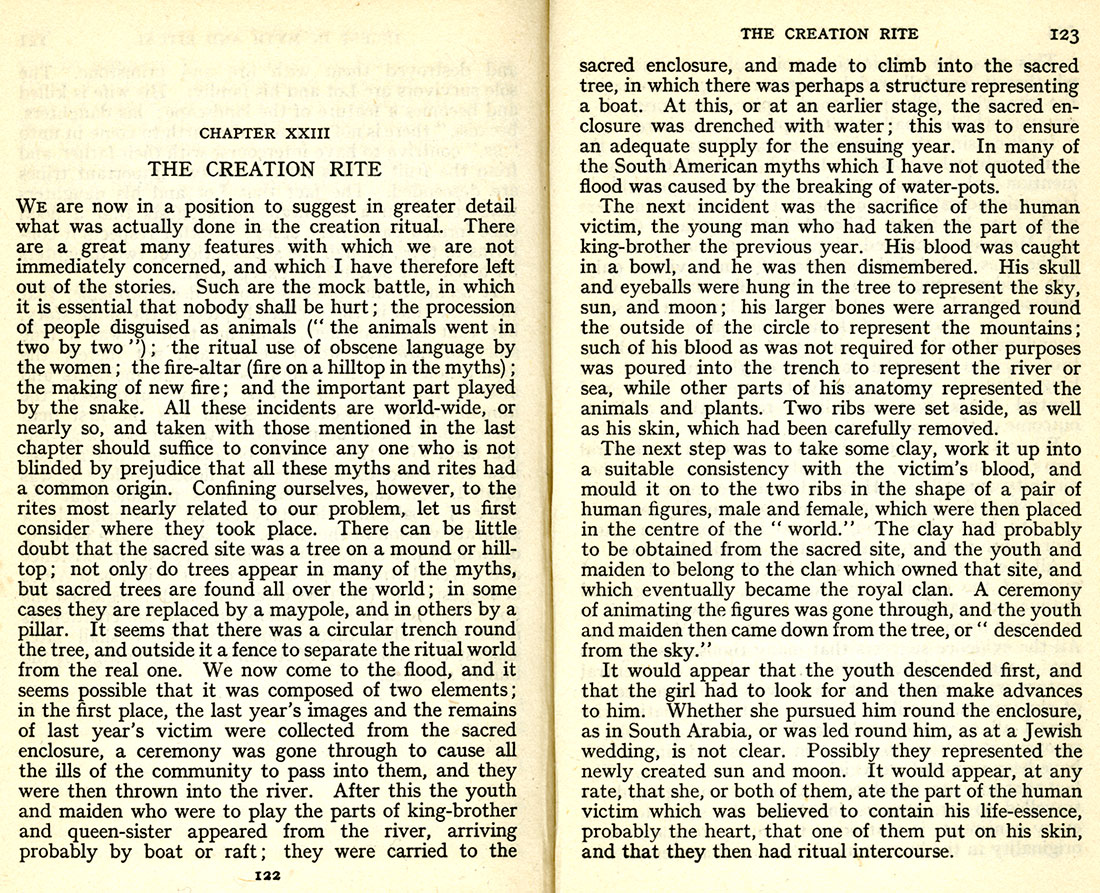



No comments yet